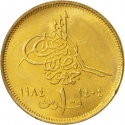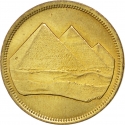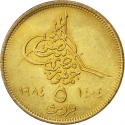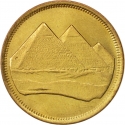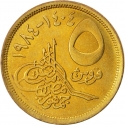You are about to finish your registration. Please check your mailbox (including spam folder). There should be a letter with a confirmation link. Check setting to make sure that your e-mail address is correct.
Send letter againDescription
Mustafa II (1664–1703) was the Sultan of the Ottoman Empire from 1695 to 1703, whose determination to regain territories lost after the unsuccessful attempt to take Vienna in 1683 led to the continuation of the war against the Holy League (Austria, Poland, and Venice).
Mustafa’s military campaigns met with early success. After recovering the island of Chios from Venice, he made gains against Austria in 1695 and 1696. The Russians occupied Azov (at the mouth of the Don River) in 1696, however, and he was defeated by the Austrians at Senta (see Zenta, Battle of) in 1697. The Treaty of Carlowitz (1699) radically reduced Turkey’s Balkan holdings, and the Treaty of Constantinople (1700) confirmed Russia’s gains.
At the end of his reign, Mustafa II sought to restore power to the Sultanate, which had been an increasingly symbolic position since the middle of the 17th century, when Mehmed IV had signed over his executive powers to the Grand Vizier.
The Eyalet of Egypt operated as an administrative division of the Ottoman Empire from 1517 to 1867. It originated as a result of the conquest of Mamluk Egypt by the Ottomans in 1517, following the Ottoman–Mamluk War (1516–17) and the absorption of Syria into the Empire in 1516. Egypt always proved a difficult province for the Ottoman Sultans to control, due in part to the continuing power and influence of the Mamluks, the Egyptian military caste who had ruled the country for centuries.
Size varies: 17-20 mm
Obverse

|
Tughra in Mustafa II name, Ottoman Turkish legend "Struck in Egypt" and the accession year in Hejira (AH1106) below, knot as an initial mark. مصطفى بن محمد خان |
|---|---|
Reverse

|
Depicts 4-line Arabic legend: Sultan of the two lands, Khaqan (emperor) of the two seas, the sultan son of the sultan. سلطان البرين |
| Edge |



